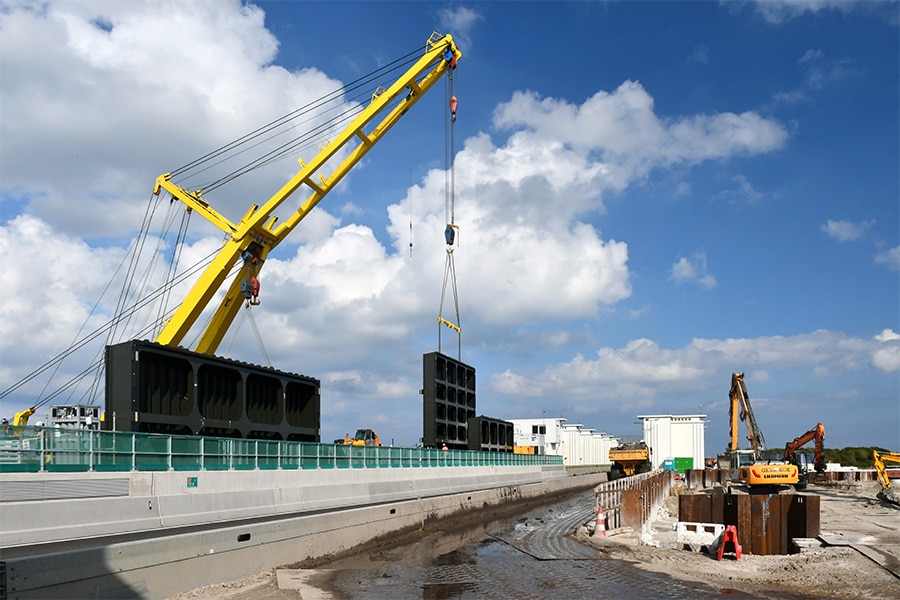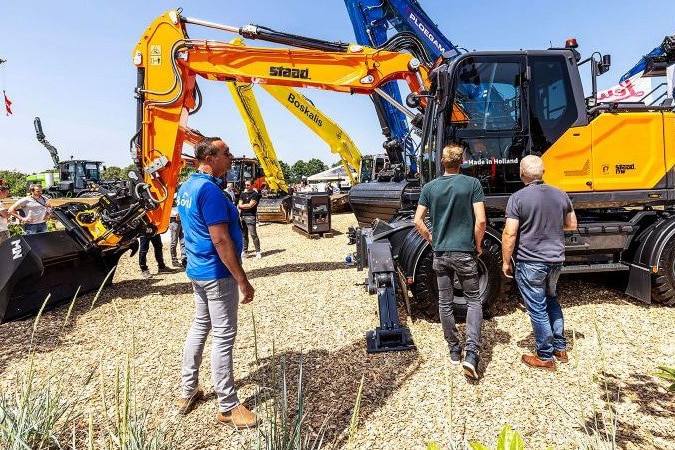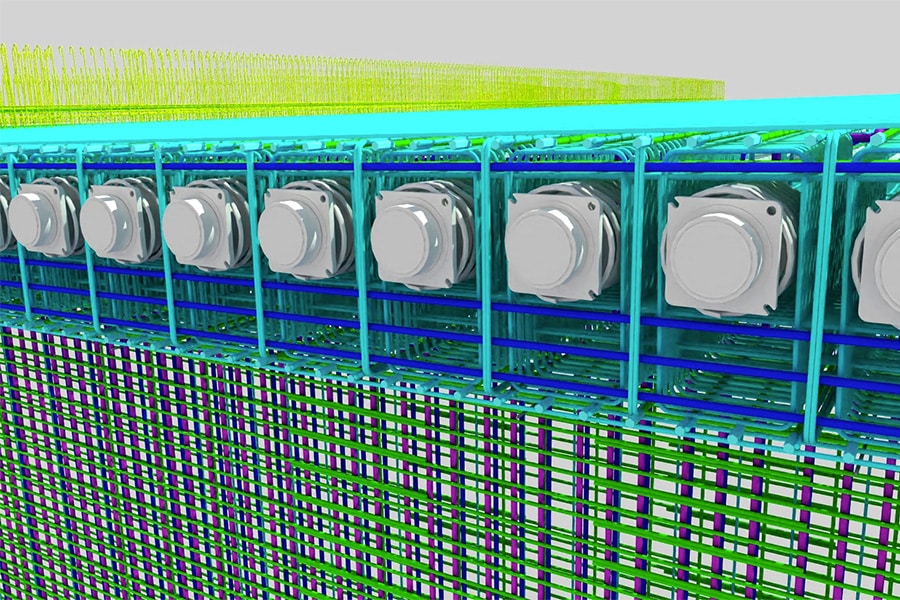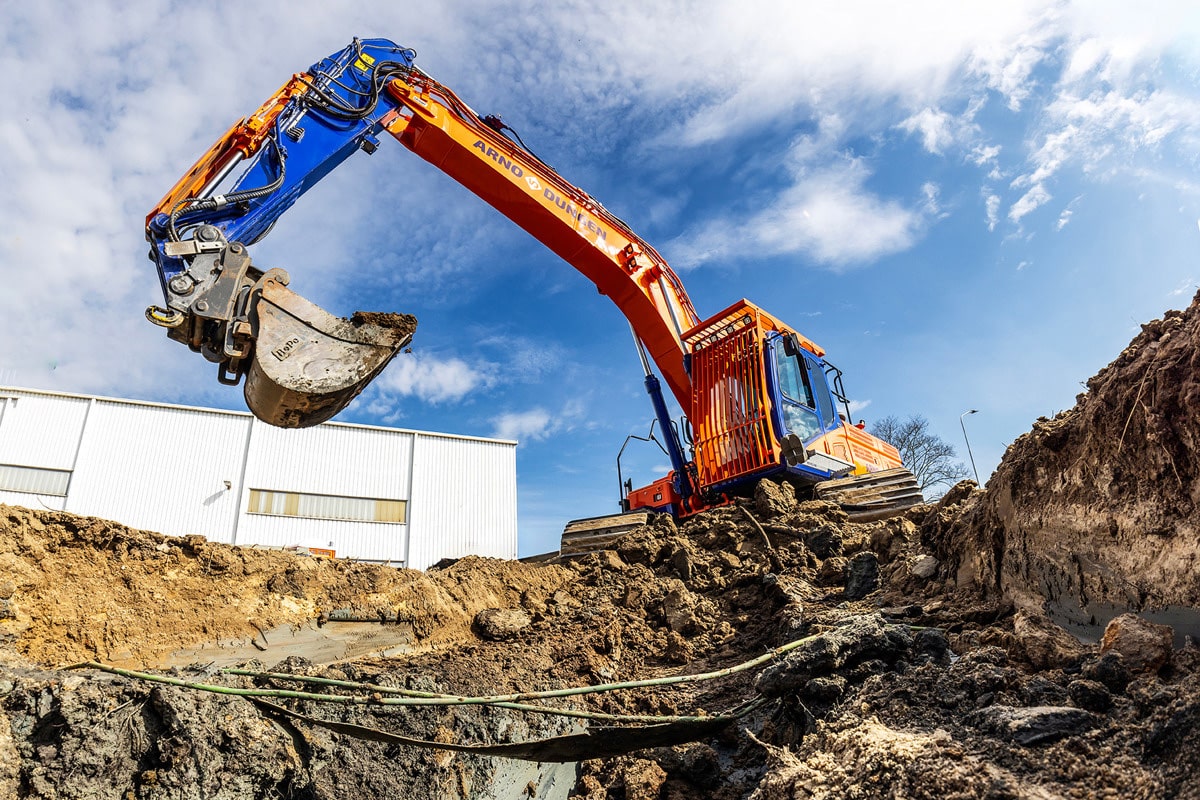
Everything you build impacts mobility
The entire world is already feeling the effects of climate change; extreme weather events such as droughts, heat waves and landslides. To limit global warming to 1.5°C, it is essential to reduce CO2-neutral.

One of the sectors with which agreements have been made is the "built environment," where a sustainability transformation will take place. More than 7 million homes and 1 million buildings must be rid of natural gas by 2050. The first step will be to make the first 1.5 million existing homes more sustainable by 2030. Property owners therefore cannot escape taking action.
Shifts in this can already be seen in the short term. For example, consider existing office buildings that must have at least energy label C. That may go further, given longer-term climate goals. In addition, new buildings are subject to BENG requirements, which ensure that all new buildings will be (almost) energy neutral, both within residential and non-residential construction.
The change in mobility also affects existing real estate. The central government wants carefree mobility in 2050, for everything and everyone. No emissions, excellent accessibility and accessibility for young and old, rich and poor, able-bodied and disabled. Beautiful, livable and well connected areas and villages where mobility is the link between living, working and leisure. This is going to change the streetscape. More and more municipalities are opting for car-free cities. Firstly, to reduce CO2-emissions, but also because the car takes up a lot of space in the city.
Structure of the city will change
We are going to change the existing structure of the city. We see in one of our segments a number of developments related to mobility and the changes in cities. For example, parking garages are increasingly being built on the edges of the city. This allows people to travel to the center in a sustainable way. For example, by electric bus, (shared) bicycle or other innovative means of transport.

In contrast, more bicycle parking garages are springing up in the city center. To get from A to B in a city, the bicycle is an increasingly popular mode of transportation, mainly due to the rise of electric cycling. As a result, bicycle parking garages are becoming increasingly important. Through roads are disappearing in favor of city streets where only destination traffic is welcome. The traffic situation in the city center, with many footpaths, bicycle (highways) and few freeways, is becoming normal in more and more neighborhoods. The overall infrastructure is changing. As a result, downtown is becoming a place for entertainment, a place to work and live.
Curious about the possibilities or do you have another question? Then contact us without obligation on +31 (0)38 460 20 50, mail to info@triflex.nl or leave a message via the contact form. We will be happy to help you.



